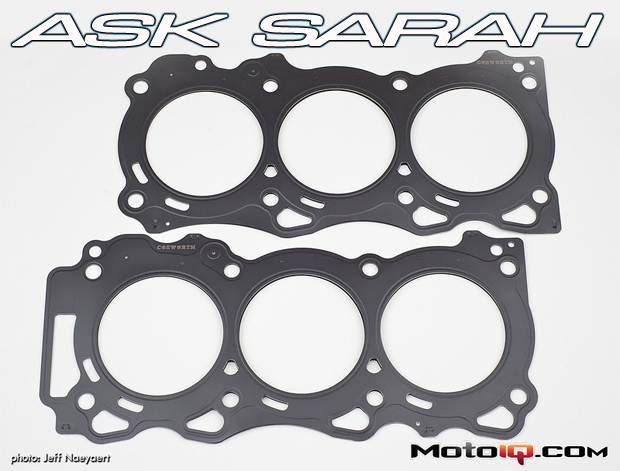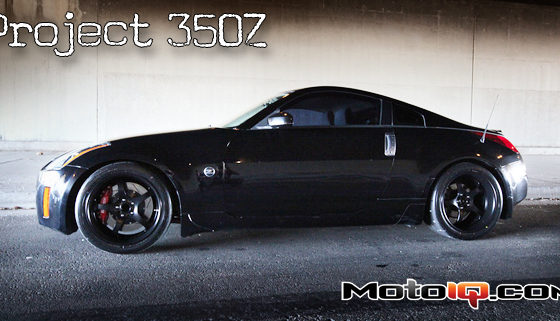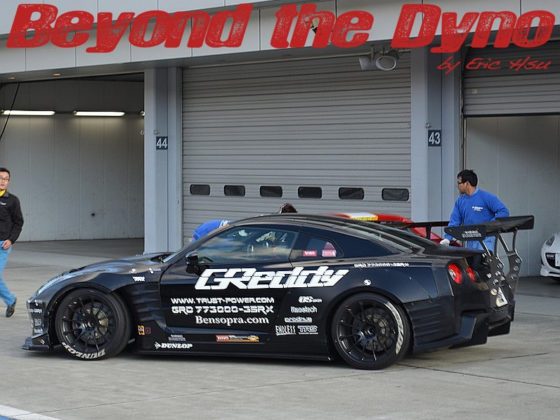 |
I've heard of spraying a head gasket with copper spray. Is there a greater benefit to using a solid copper head gasket?
Norby Urbano
Some people swear by using a copper spray on their head gasket, but more important is prepping the head and block surfaces to be clean, smooth, and flat. Surface flaws like scratches, pits, valleys, debris, or roughness on the head and block surfaces can distort the seal and leave gaps for leaks. As head gasket designs and materials and engines have evolved, the recommended range for surface roughness has gone down, but it really depends on your engine and head gasket choice for how smooth the surfaces should be. Generally, composite gaskets can handle a rougher finish than MLS gaskets (but won't last as long, especially with a lot of shearing forces) and aluminum surfaces need to be smoother than cast iron. Combine these two (aluminum and MLS) and you may want the surfaces ground or lapped manually to perhaps less than 15 Ra (micrometers)! Getting that smooth a surface is time consuming and many machine shops don't have surface grinders or lapping tables and fly cut the heads and blocks instead. Rougher surfaces ain't gonna fly with a high compression ratio or lots of boost for most head gaskets. Though on some occasions, such as with bi-metal engines that may experience transverse shearing forces due to different expansion and contraction properties, too smooth a finish could also cause the gasket to have issues with cold sealability or premature failure in places where there isn't much holding the gasket in place (ie. between the head bolts), especially when faced with high combustion pressures so you need to make sure you machine to the recommended surface roughness for your application.
 |
| Cosworth head gaskets use a folded stopper layer around the cylinder to provide an exceptional seal. They also surface grind their heads to about 8 Ra and blocks to between 8 and 12 Ra; on race engines, they hand lap the blocks down to 4-6 Ra, virtually a mirror finish. Smooth like butter! |
MLS gaskets require smoother surfaces mostly because they rely more on coatings or clamping loads for sealing. Most factory head gaskets and some aftermarket ones are coated from the material supplier. The coating is very even and flat and helps with microsealing. Some head gaskets don't have this coating at all and others are only coated in certain areas. Coating the gasket after the manufacturing process may cause uneven distribution of the coating, developing high or low spots.
Factory gaskets and some aftermarket companies (ie. Cosworth or Tomei) die cut their head gaskets which keeps the coating intact. With laser cut head gaskets, the metal is heated. This could cause an uneven hardness and the coating can be distorted, neither good for adequately sealing substantial combustion pressures. Spraying these head gaskets with copper could act like a band-aid in a pinch, but they could also cause the gasket to fail, especially with gaskets that are pre-coated. Worse off, the copper or other sealant may decide to stick a valve in the down position, leaving it to be rear-ended by a speeding piston. Why put all that time and money into building an engine to not pony up for the most reliable way of modifying it? Factory head gaskets are not treated with copper spray.
The 2-5 multi layer steel construction of an MLS gasket really provides the springiness and elasticity to withstand varying combustion pressures and provide the best seal for most uses. Solid copper head gaskets are used more for racing purposes like top fuel dragster engines. They are beneficial for high boost pressures, nitrous oxide, or high compression ratio engines, and readily available in different thicknesses to adjust the compression ratio. Copper conducts heat well stabilizing the head and block temperatures, useful for tuning. It also dissipates hot spots more quickly. Copper has a much higher tensile strength and a 25% coefficient of elasticity, meaning it can stretch and take a beating more before simply failing completely. Copper head gaskets can usually be reused a time or two with proper handling and installation, helpful if you tear down your engine frequently. Some tuners will even reuse a MLS gasket, but I wouldn't recommend it, especially after it's gone through a thermal cycle. Copper head gaskets require a light seal around oil/coolant passages. Installing an O-ring (machine the block for the wire and put the receiver groove on the head) can direct the necessary clamping load on the combustion sealing areas.
I'm Shahab Ghosni and I'm 25. I got your email from Ask Sarah. I have a Renault 5 and I'm planning to install a turbo charger on it! Is it possible for you to help me about it? I have a lot of questions but I won't bother you unless necessary. If you can, please let me know!
Let me send you my invoice first and I'll be over with the necessary parts and tools after the check clears. A turbo installation is far too complicated to get into on these Q&A's. Get a book like Corky Bell's Maximum Boost for everything you need to know about designing, testing, and installing turbos. You can also pick up my book, How to Build Performance Nissan Sport Compact Cars. It doesn't cover your exact engine but does go into detail about how to match compressor maps for your engine and what power you're looking to make, how to calculate the correct size fuel system for your turbo, and other helpful info. And of course, you'll have to consider your budget! The factory turbocharged Renault 5's use pistons that provide a lower compression ratio, beneficial for turbocharging. You may end up spending more money to turbo your N/A version than it's worth. Just add up the ECU, intake plumbing, exhaust and manifold, intercooler, and modifying your fuel system for starters. Though you could argue that what you learn from a custom build is priceless!
 |
| The Renault 5 (“Le Car” to us Americans) never really gained popularity in the states. With ads like these, who could blame people for not buying them? “Let's go park down by the river bed and wash our car!” |
Got a difficult tech question? Email Sarah at asksarah@motoiq.com



